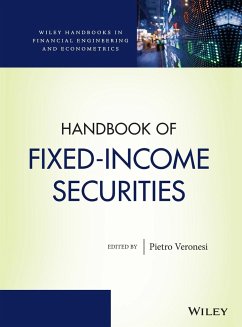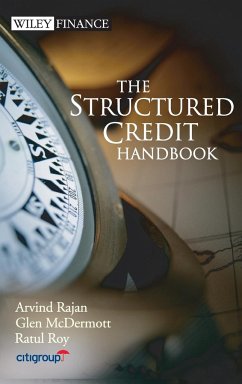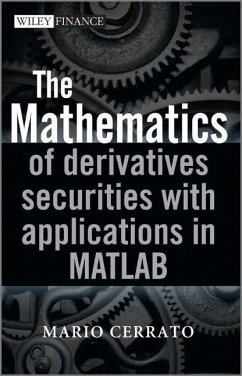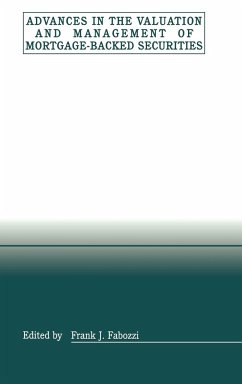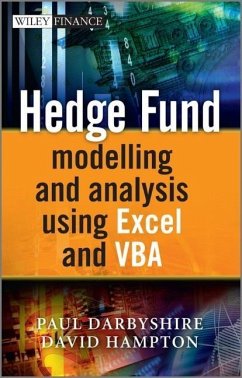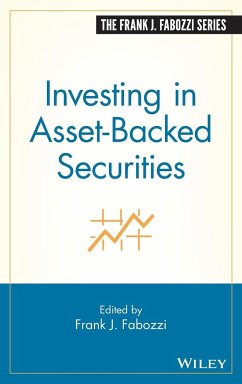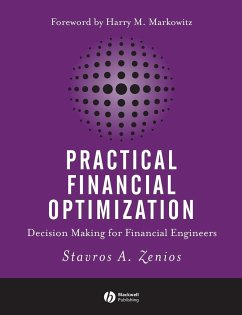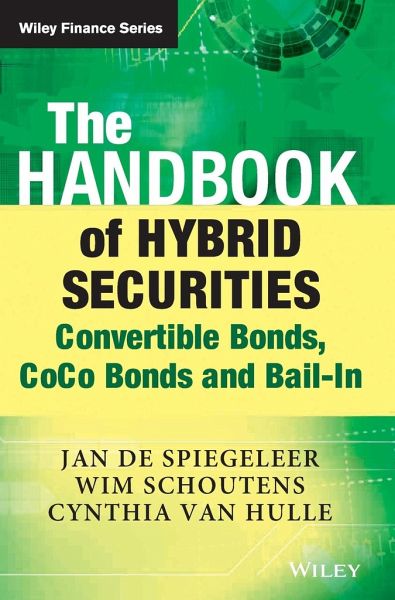
The Handbook of Hybrid Securities
Convertible Bonds, Coco Bonds, and Bail-In
Versandkostenfrei!
Versandfertig in über 4 Wochen
96,99 €
inkl. MwSt.
Weitere Ausgaben:

PAYBACK Punkte
48 °P sammeln!
Hybrid financial securities contain properties of both debt and equity. Blending the properties of two easy-to-understand asset classes such as equity and bonds into a hybrid does not leave us an instrument with straightforward properties and therefore hybrids are often misunderstood and miss-sold. The high yields offered by these securities attract investors, this yield is a compensation for the particular complex anatomy of these instruments. This complexity results from the introduction of several coupon deferral mechanisms and issuer calls with or without set-up features. The newest member...
Hybrid financial securities contain properties of both debt and equity. Blending the properties of two easy-to-understand asset classes such as equity and bonds into a hybrid does not leave us an instrument with straightforward properties and therefore hybrids are often misunderstood and miss-sold. The high yields offered by these securities attract investors, this yield is a compensation for the particular complex anatomy of these instruments. This complexity results from the introduction of several coupon deferral mechanisms and issuer calls with or without set-up features. The newest member in this asset class is a CoCo bond, where the investor is possibly exposed to a particular loss absorption mechanism. Through practical examples and case studies, The Handbook of Hybrid Securities: Convertible Bonds, CoCo Bonds and Bail-in guides the reader through the different structures and their particular risks. Starting with an introduction to convertible bonds, the book covers bail-in capital and contingent convertibles (CoCo Bonds). Basel III, the new regulatory framework that has been driving these new developments is discussed as well. The price dynamics and valuation of CoCo bonds are presented in a practical way, using a Black Scholes approach, a Constant Elasticity of Variance (CEV) framework, American Monte Carlo techniques, to name a few. The Handbook of Hybrid Securities offers a quantitative and practical approach for readers at all levels of experience. The book is ideal for the absolute beginner wishing to familiarise themselves with this asset class and its regulatory context. For more advanced users, working in areas such as trading, portfolio and risk management, the book provides a detailed introduction to the latest advances in numerical techniques in order to value and hedge these instruments.






